We strive to provide you with authoritative, trustworthy, and expert advice. In doing so, the staff at bbqdropout.com performs extensive research, editing, and fact checking to every post on this webiste. If you feel that this article can improve, please feel free to reach us at staff@bbqdropout.com
Before continuing this article, I wanted to let you know that I have a YouTube channel where I showcase all sorts of video content related to BBQ. Subscribing would mean a lot to me, and I very much appreicate all the support!
Brisket Didn’t Get Bark
If your brisket did not get a bark, then you probably did not season it well enough.
Not only that, you more than likely had it wrapped way too tightly and did not let the bark form quick enough.
These are just some quick things that I can think of that can certainly diminish any type of bark you plan to expect on your barbecue.

It can be very frustrating, but don’t worry, I’ll be here to help you.
If you are tired of getting a brisket that has too moist of a bark that tends to fall off, or it doesn’t even have one to speak of, read further to find out how to best season it, and actually create a bark that will last.
Brisket Bark Too Moist
Having a brisket bark that is too moist is frankly a disappointment.
It’s not something that many aspire to having, and can be a great source of frustration despite having spent hours upon hours of cook time cooking a brisket.
After all of the effort expended upon your piece of BBQ, the last thing you want is a soggy bark.

Having too moist of bark is the direct result of having the brisket wrapped way too long and not letting the brisket actually form.
What you want to do, is have a whole bottle of seasoning and liberally apply it directly onto the meat.
Once you put it onto the smoker, do not wrap it until absolutely necessary.
This is to ensure maximum bark formation.
In fact, many pit-masters don’t even wrap at all.
This helps ensure a satisfactory bark that is certainly not too moist or wet and will not fall off.
Having a moist brisket is one thing, but having a soggy and too moist bark is another.

So make sure to just spend some of time developing your type of seasoning that you like, and liberally apply it onto that bad boy.
Brisket Bark Too Wet
Just like having a very moist type of bark, it can also come out rather wet.
This again is due to simply wrapping the brisket and having it basically steam inside of whatever wrapping you have over it.
This can occur with aluminum foil as well as butcher paper.
Butcher paper allows for more of a robust and hearty type of bark that may not be as wet, but can certainly still have the effect of dampening everything.

With aluminum foil, this phenomenon is a lot more pronounced.
That’s just because all of the steam and heat that would normally get omitted from the meat is trapped inside of the wrapping itself.
The moisture then has no other choice but to fall back onto the meat and effectively destroy any type of bark you may have.
Brisket bark falling off
If your brisket bark is falling off, then try to unwrap the brisket and throw it back onto the smoker or maybe even put it back into the oven.
Whatever kind of cooker you had previously, don’t turn it off and throw the meat back on it.

This will just help you further form bark that is satisfactory to your needs.
Don’t worry about over cooking the meat, just put it back on for about 30 minutes or so and let the heat and smoke encompass it.
Why does my brisket not have bark?
If your brisket does not have a bark to speak of, you most likely did not season well enough.
BBQ is just a certain type of meat that requires tons and tons of seasoning and application of various different rubs.
These cuts of meat are so huge, literally about 20 pounds in some cases, that they warrant a lot of flavor to be impacted onto the meat.

Also, if you’re wondering on whether or not you should start to season the brisket the night before, don’t even bother.
All you need to do is grab some very coarse kosher salt and black pepper, and pour it all over the meat.
Make sure that there is no visible red area available and make sure you can just see the seasoning.
What creates bark on brisket?
Creating bark on a brisket is simple.
All you have to do is make sure you have enough seasoning all throughout the meat.
Pour some in your hands and start dashing it all around.

Make sure to pat it dry, and make sure that the particles of the seasoning are all sticking to the meat.
If you find that it does not stick, consider putting hot sauce or olive oil all around as a type of base that you can place all of your other seasoning on top of.
This also adds several other layers of flavor to the overall bark itself.
In terms of what creates the bark on the brisket, you have to apply the seasoning all around, and then directly place it onto your smoker.
The smoke and heat will begin to char all of the seasoning into perfection.
Keep a close eye on what it looks like throughout the cook, and if there does not appear to be a pleasant looking type of bark, consider reapplying several more layers of your rub.
Brisket bark not forming
One of the main causes that leads a brisket to not form any kind of bark, is when you have it wrapped. Wrapping the brisket, especially with aluminum foil, serves to essentially just bake and steam the meat.

It does not really take full advantage of the BBQ having being placed onto a smoker and obtaining smoker flavor, rather it just insulates all the heat and moisture which will rain down onto the bark thus making it soggy.
If you want to have more bark on your brisket, consider leaving the brisket unwrapped for as long as possible.
Only wrap the brisket in butcher paper or aluminum foil when absolutely necessary!
That means even through the stall.
If you can manage it, perhaps even crank up the heat in the smoker itself to push the brisket through the stall, there really is no need to even wrap the brisket at all at that point.
It usually takes around 3 to 5 hours to form a great looking bark.
Again, this is the result of not having wrapped it for extended periods of time because you want the smoke in ambient heat to begin oxidizing with the rub itself to form that beautiful bark that everyone loves.
Wrapping does not necessarily help formation of a bark. In fact, it serves to diminish it greatly.

So if you are bent on wanting it to be formed adequately, don’t wrap the brisket and see how it comes out.
It’s not like your brisket will come out bad or anything. In fact, I think BBQ that has not been wrapped is a lot crispier and better tasting than BBQ that has been wrapped for a substantial period of time.
A lot of the wrapped types of barbecue is frankly too soggy for my taste.
One last thing to consider when you don’t have a brisket that forms in adequate looking bark, is if you wrap it too early.
Let’s say you still want to wrap the brisket, but don’t know when.
If you happen to wrap it way too early then you’ll shortcut any chance the brisket has on creating a great bark profile.
For simplicity, just wrap the brisket once it reaches about 160°F internal temperature. That will give you plenty of time to obtain a great outer layer of crust.
When does bark form on brisket
If you are really more concerned about obtaining a fantastic bark on your barbecue, don’t wrap it at all.
Most people will try to tell you to wrap your meat in aluminum foil once it hits a certain internal temperature known as the stall.
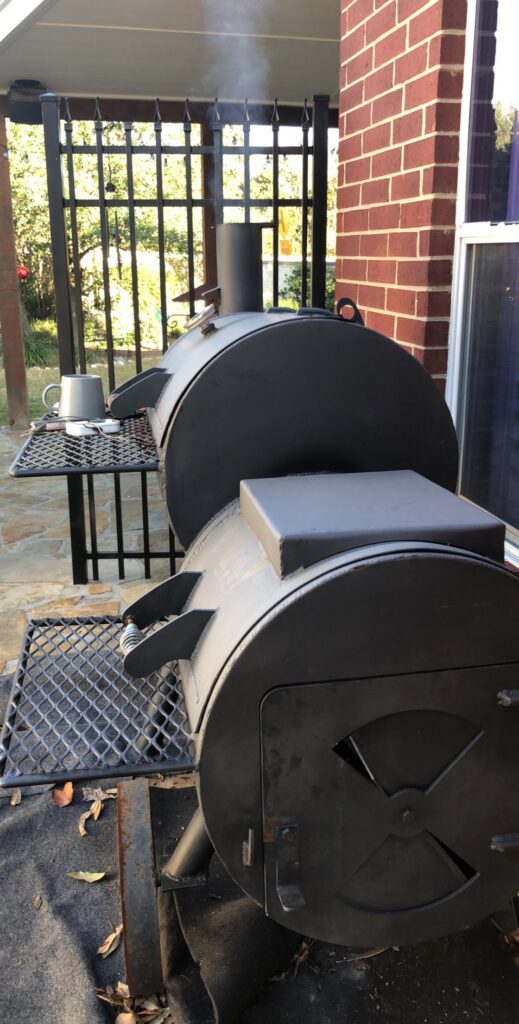
Do not listen to them, and instead, make sure to never encompass the meat with either foil or butcher paper.
The stall phase of any cook can actually be a fantastic way to develop the famed bark.
What temp does bark form on brisket
The best temperature to be getting a great park on your brisket would be around 250° and 350°.
This is the hotter end of the spectrum, but can definitely crisp up any type of rub that is surrounding your meat.
If you don’t smoke the barbecue at a high enough temperature, you may risk the chance of it not for developing a great looking bark.

This is more pronounced especially if you happen to be wrapping brisket for several hours at a time.
In fact, it’s recommended to not wrap the brisket at all if obtaining a bark is the most important thing to you.
The secret to forming bark on a brisket
A great way to get the perfect bark that you’ve always wanted is very simple.
All you have to do is make sure that there is enough time that the meat is unwrapped on the smoker itself.
Letting the brisket be cooked all the way through without being wrapped a single time allows for maximum bark formation.
Not only that, if you couple the length of time the meat has spent on the grates and with lots of rub that you had applied previously, you will certainly have a fantastic bark form on the brisket.
Speaking of rubbing the brisket, just make sure it is very high-quality.
You don’t want to put just any type of rub on the meat.
More specifically, you need to have a lot of kosher salt, which is very course and large in grain size, and you also will want to have freshly cracked black pepper that you placed onto the meat.
Having kosher salt and black pepper is one of the staples for brisket.

It is an excellent type of roof and is very simple to apply to the meat.
The results are simply fantastic, given you follow the prescriptive guidance in this blog post.
You can even try to put lots of sugar on the brisket and couple it with the kosher salt and black pepper. Having sugar as a base in your rub, will help caramelize the flavor even more.
This is even more pronounced as you start to crank up the heat because heat tends to caramelize sugar a lot more than lower heat.
How to keep bark on brisket
If you’ve been successful at obtaining a park for your brisket, now you need to consider how to keep it.
A great way to make sure it does not go away is to not wrap it.
As you can tell, this is a common theme that I’m talking about.
Not wrapping a brisket is definitely the best way to ensure that you will always have at least some level of a bark that you can enjoy.
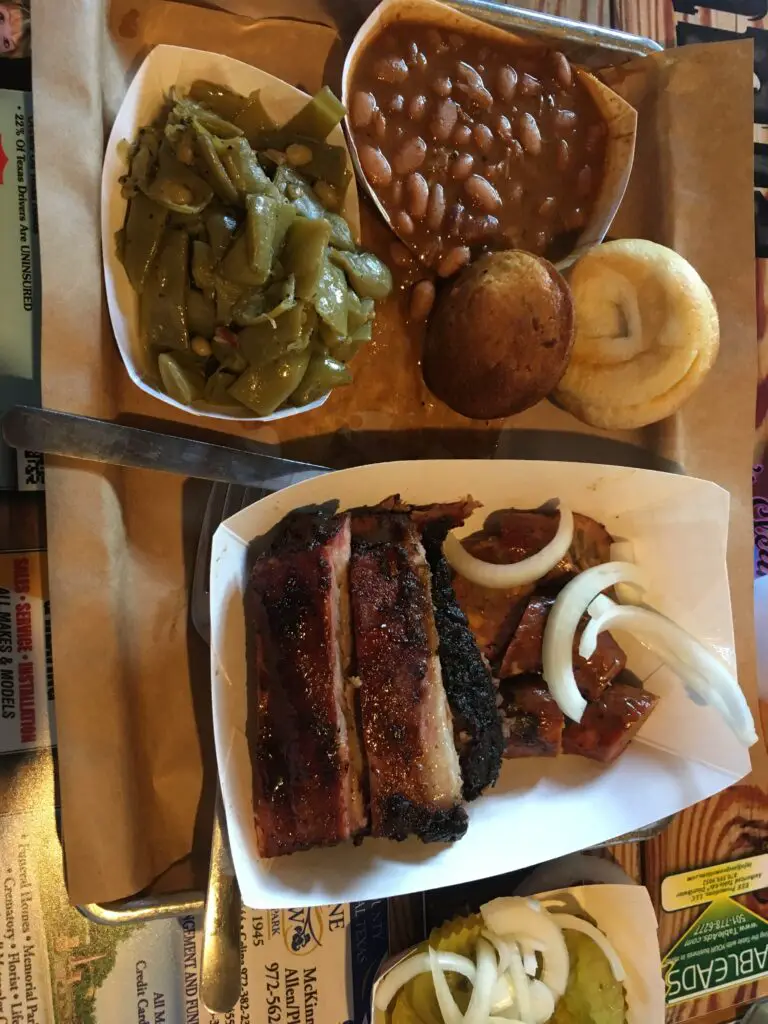
When you take the brisket off the smoker, also take note of whether or not you want to wrap it.
You can certainly rest brisket and have it come down to an adequate serving temperature without even wrapping it to begin with. This will also help further sustain your beautiful bark.
How do you rest a brisket and keep bark?
You can rest a brisket while also maintaining a great bark.
To do so, just go ahead and make sure you do not have the meat wrapped whatsoever before placing it into a storage container.
The type of storage container you choose also plays a part in how the bark will be sustained.
Do you happen to choose an ice chest, note that it may have the effect of just wrapping it entirely.

In other words, it may cause some condensation to occur which would then start to impede on the bark.
Another great option you can choose to select when resting and brisket, is to place it directly inside of a warming oven.
By placing a brisket or any type of barbecue that you want to have an excellent bark on, consider always placing it inside of a warming oven.
This has the effect of not allowing as much condensation to begin forming.
This is especially true as you start to increase the ambient temperature within the warming oven itself.
It would effectively dry up any type of condensation from occurring while also letting your brisket get the much-needed rest time it deserves.
How do you get the best bark on a brisket?
Getting the best bark on a brisket is really pretty simple. Just be very liberal with whatever type of seasoning you have, and do not hold back whatsoever.
Most people will actually weigh under season a brisket rather than overseas in it, therefore put a ton of it on the meat.
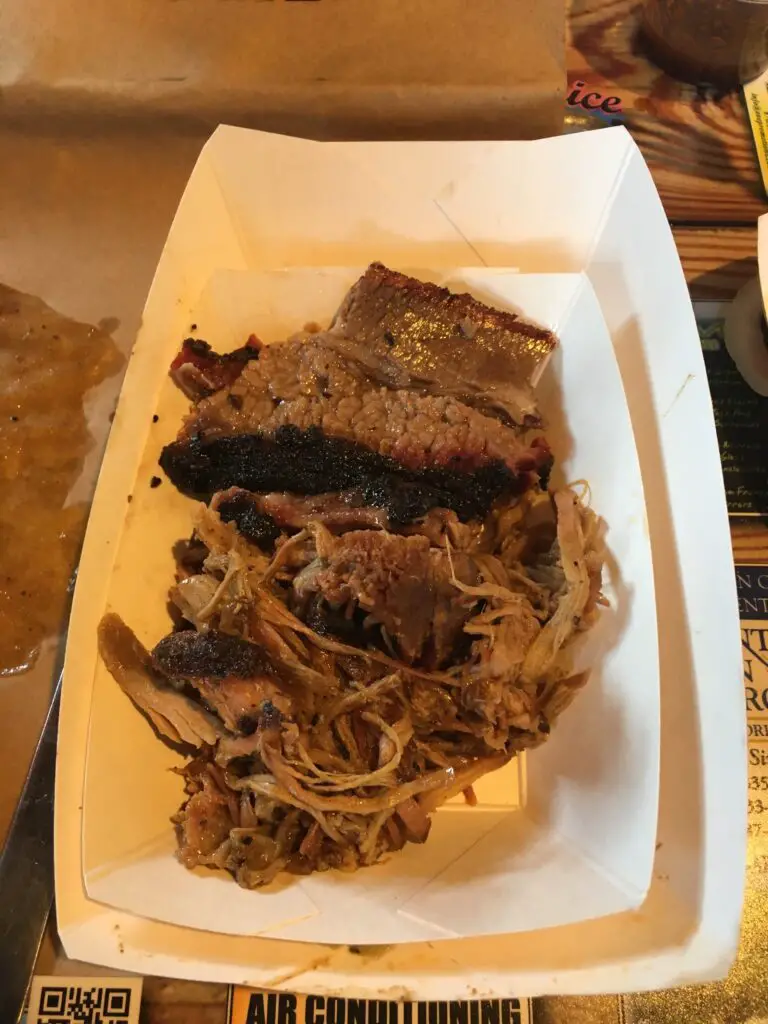
Besides putting a ton of seasoning onto your meat, make sure to not wrap it and cook it at a higher temperature.
This will ensure all of the ingredients have plenty time to fuse with the smoke and the meat itself. In other words, it will form an excellent outer layer encompassing the entirety of your piece of BBQ.
How do you get a dark crust on a brisket?
If you want a really dark crust on your brisket, consider changing up your ingredients for your rub and also extending out the length of time the meat is exposed to smoke.
Also, consider changing out the type of wood that you were using to smoke to begin with.
All of these different factors will certainly have an effect on the coloring of your brisket.
Types of ingredients and seasoning that you can start to look into in order to get a very dark crust on the brisket would be garlic powder, some type a Texas heat rub with a lot of brown sugar, and cayenne pepper.

These three ingredients have amazing effects on any type of meat, and always produce very dark crust on the finished product.
Coupling this with extended cooking time and particular cuts of words such as hickory, you are guaranteed to get a very dark and mahogany type of bark.
Does wrapping brisket help bark?
Wrapping actually has the opposite effect regarding forming a bark.
By encompassing your brisket with either a piece of butcher paper or aluminum foil, it will have the effect of effectively destroying any meaningful bark.
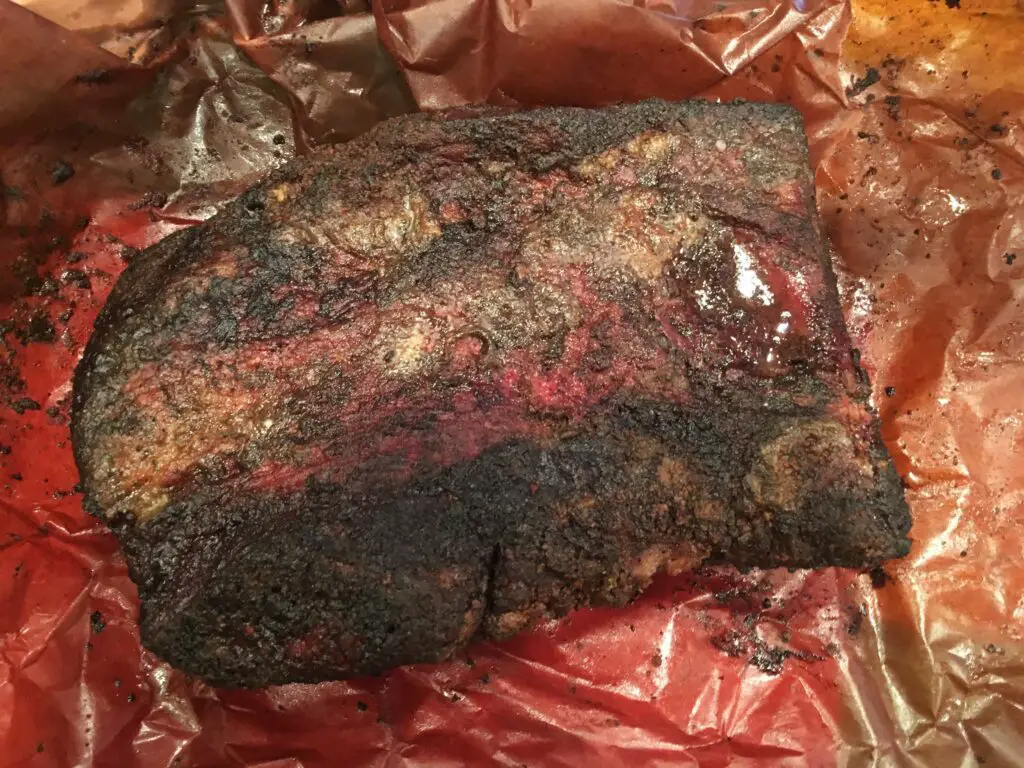
This is because it not only stops the chance of bark oxidation via the smoke and ingredients in the rub, but it will also produce a lot of condensation inside of the wrapping itself which produces a very soggy and moist type of outer layer.
This is not something that many people thoroughly enjoy and will often just result in disappointment.
How to get bark on brisket in oven
If you are placing the brisket inside of an oven, and are looking to either cook it further or perhaps even store it for resting purposes, rest assured that forming and maintaining a bark is easily attainable.
All you have to do, is to not wrap it and set an ambient temperature that is in line with what you were trying to do.
If you were trying to cook the brisket further, then placed it ambient temperature at roughly 300°F.
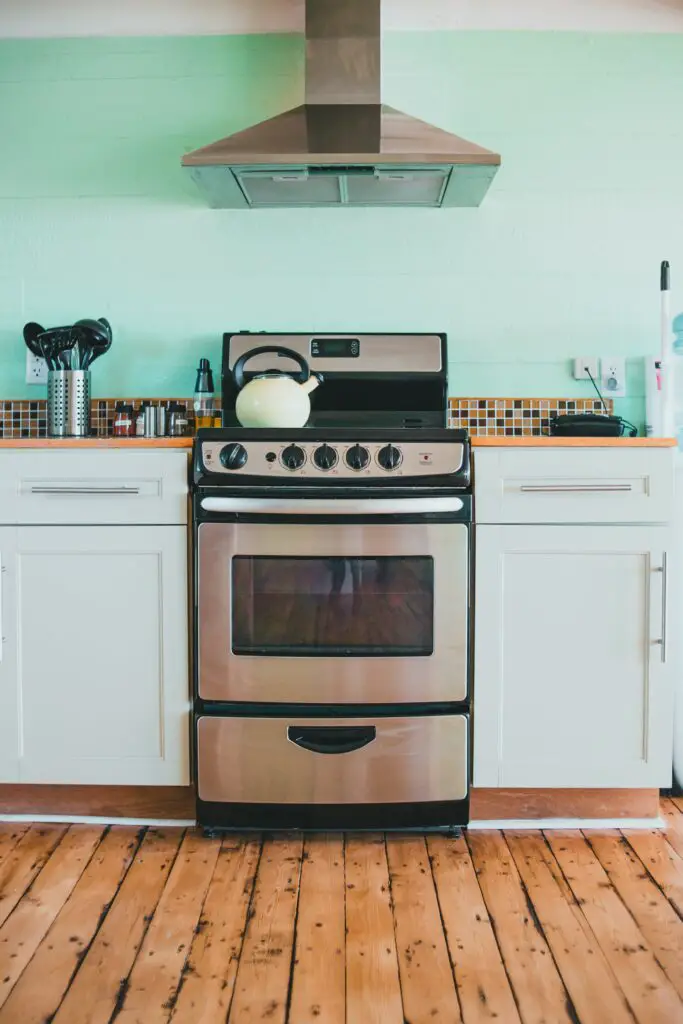
On the other hand, if resting is your primary objective just go ahead and set the ambient temperature to around 175°F.
Both of these methods will certainly have different Applications in use cases, but will absolutely form and even protect your bark.
Soggy brisket bark – what’s the deal?
A soggy brisket bark is the direct result of ever wrapping the meat.
Lots of condensation most likely has occurred, and has slipped back into the ingredients of the rub as well as me.
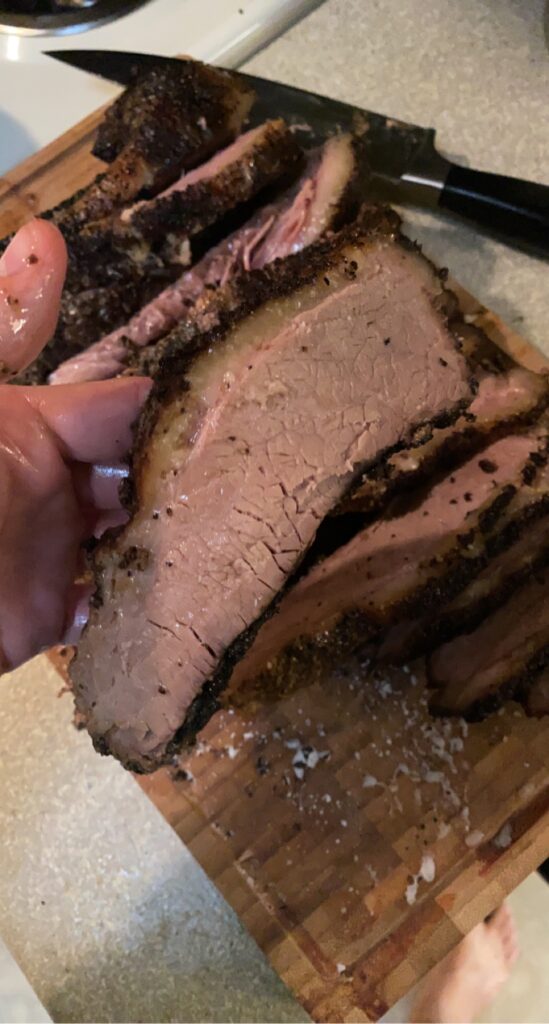
This can be a great way to maintain a very tender and juicy brisket, but does not do such a good job of ensuring a crispy outer layer.
How do I make my brisket crust crispy?
Speaking of which, if you want to make a crispy brisket bark, go ahead and crank up the temperature to as hot as you can.
Keep in mind that you do not want to over cook the brisket, so just pay attention to the internal temperature.
Despite that however, have at it in terms of the ambient temperature and ensuring a crispy bark profile. The high heat is one of the most important aspects of ensuring that you will get a very crispy outer layer.

Robert is a certified Pitmaster, with over a decade of experience in smoking the best meats you’ll ever feast upon. He also has a Bachelor of Business Administration from the University of Texas at San Antonio. When he’s not researching technical topics, he’s most likely barbecuing in his backyard.
